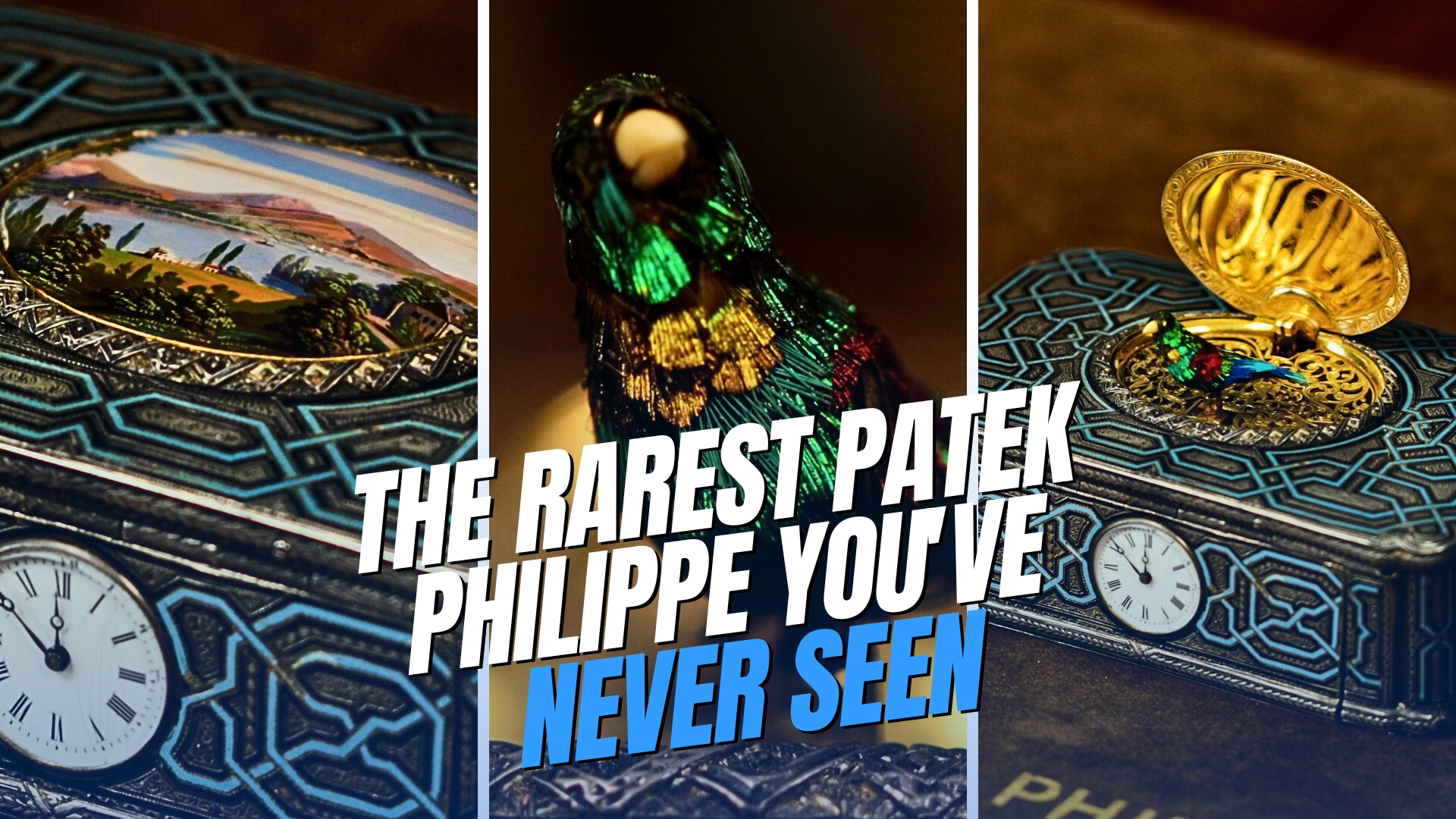The Importance of the Ellipse in Patek Philippe History: How and Why to Collect
In this video, author of Patek Philippe Reference Guide: Men’s Wristwatches John Reardon discusses all that you’ve ever wanted to know about Patek Philippe Ellipse, including how and why he thinks they make great collectibles.
The Ellipse has been a watch in the Patek Philippe Collection since 1968. Once overlooked and only comprising 1% of Patek Philippe sales, the Ellipse is now one of the most sought-after vintage Patek Philippe models.
1968 was a pivotal moment for the watch industry – the electronic quartz revolution had begun, and Philippe Stern knew his company would need to double down on traditional Swiss craftmanship, hiring some of the best bracelet makers, dial makers, case makers, and watchmakers to tell the story of Patek Philippe to the world. The Ellipse is the fruit of those efforts.
What quartz watches did was make accurate timepieces accessible. What Patek Philippe did with the Ellipse was make a “non-watch” – at this time when other Swiss watchmakers embraced the uniformity of quartz, Patek Philippe released the reference 3538 Ellipse. From the start, the Ellipse was designed as a timeless work of art, not just another watch to keep time. This trend would continue in the 70s and 80s, with the introduction of Patek Philippe Ellipse keychains, cufflinks, and lighters. Their common feature? All were handmade by the best artisans in the business, and it can be argued that Patek Philippe was kept afloat by the Ellipse family of products during a time when quartz watches usurped traditional watches’ market share.
The Ellipse is also prominent for being the first watch advertised as an investment for the future. Marketed as a $1700 trust fund in the 1970s, the Ellipse was the first watch to feature such bold language.
Ellipses feature a signature blued gold dial. It is not lapis, nor stone, but is 18-carat gold turned iridescent blue. The shape of the dial is based on the golden ratio, often called the divine proportion and found in art and nature.



